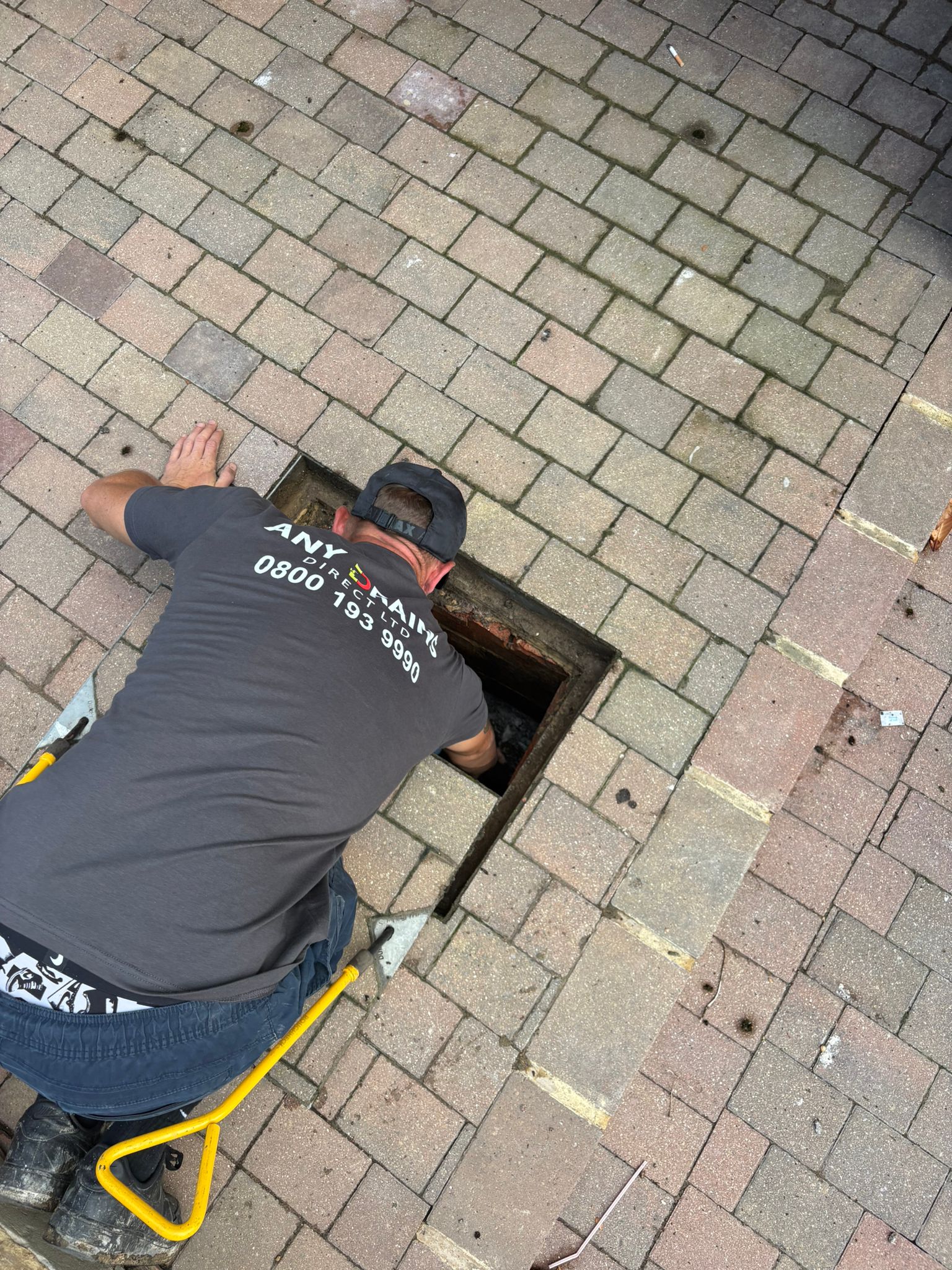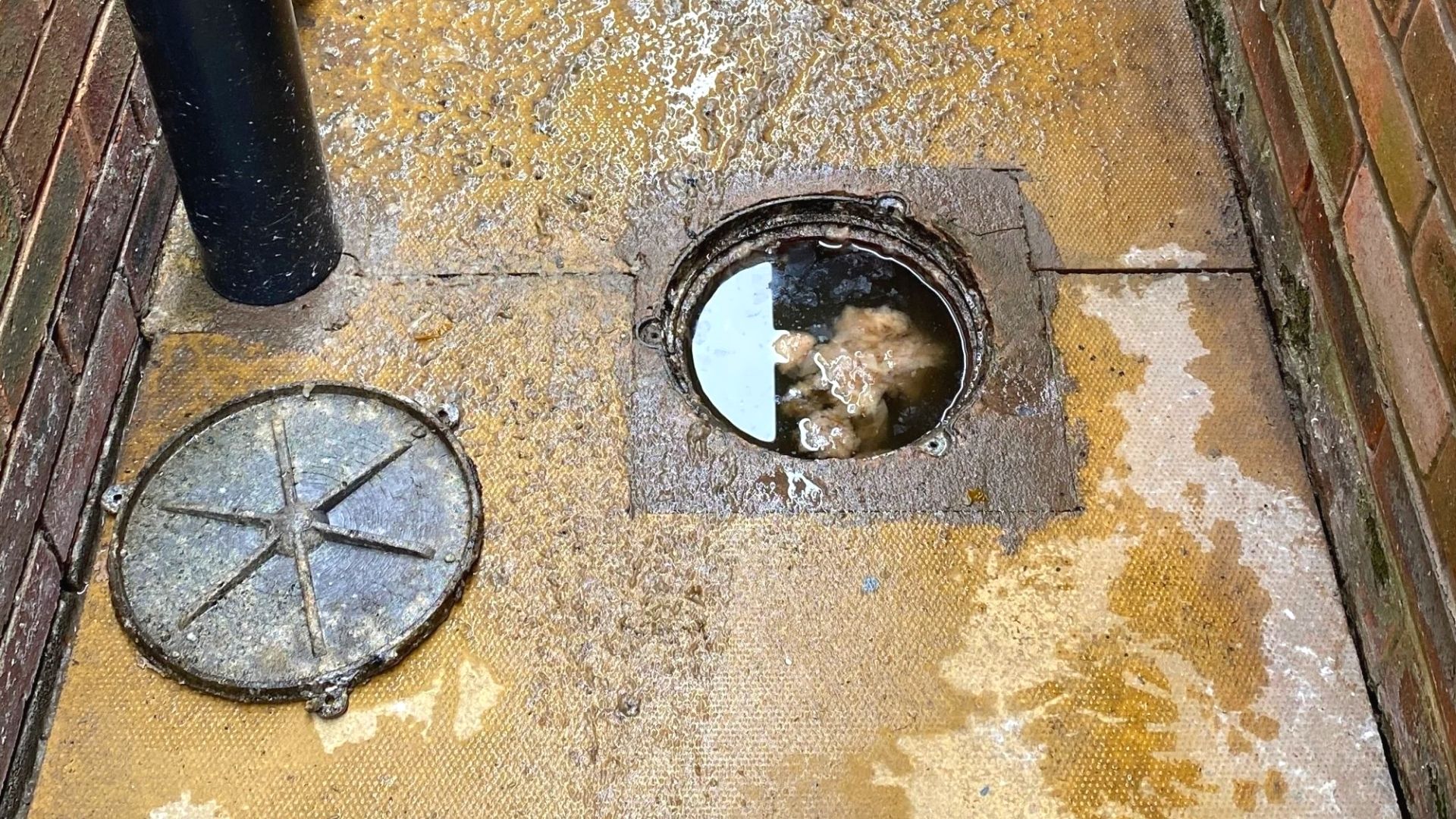Just about every person may have their private way of thinking in relation to Tips for Dealing with Clogged Drains and Sewer Lines.

Intro
Dealing with a blocked drainpipe can be a frustrating experience, interfering with daily activities and potentially triggering damages to your property. However, before connecting to plumbing experts, there are steps you can take to attend to the problem on your own. In this guide, we'll discover do it yourself services and safety nets to take on a blocked drain successfully.
Recognizing the Issue
The very first step in attending to a blocked drain is identifying the indicators. Slow-moving water drainage, gurgling sounds, foul odors emanating from drains, or water support up are common indications of an obstructed drainpipe. Determining these indicators early can assist protect against further issues.
Common Sources Of Blocked Drains
Understanding the aspects that contribute to drain pipes clogs is important for reliable resolution. Usual offenders include hair, soap scum, oil, food particles, and international things like sanitary products or paper towels. Tree roots attacking underground pipes can additionally cause significant blockages.
Do it yourself Solutions
For small obstructions, a number of DIY solutions can be efficient. Pouring boiling thin down the drainpipe can help liquify oil and particles. Sodium bicarbonate and vinegar or a mix of salt and cooking soda can act as natural cleansers. Making use of a plunger or pipes snake to dislodge blockages is one more choice.
Devices and Equipment
Having the right tools available can make DIY drain cleansing extra effective. A bettor is a functional tool for removing obstructions in sinks, bathrooms, and showers. A plumbing snake or auger can get to deeper clogs, while drain cleaning chemicals can be made use of cautiously for persistent obstructions.
Preventive Measures
To stay clear of future blockages, adopting safety nets is vital. Install drainpipe guards or strainers to capture hair and debris before they get in the pipes. Routinely flush drains pipes with hot water to liquify oil build-up, and avoid taking care of grease or solid waste down the drain.
When to Call a Specialist
While do it yourself services can settle minor blockages, certain signs show the requirement for professional help. Consistent blockages, foul odors despite cleansing efforts, or numerous drains pipes supporting concurrently are warnings that necessitate skilled treatment.
Choosing the Right Pipes Service
When choosing a plumbing service, think about factors such as experience, licensing, and consumer reviews. Pick a respectable plumbing technician with a performance history of quality workmanship and transparent prices methods.
Expense Considerations
The cost of expert drainpipe cleaning company can vary depending upon the extent of the obstruction and the plumbing professional's prices. Demand quotes from numerous suppliers and ask about any added fees to ensure openness and stay clear of surprises.
Security Measures
When attempting DIY drain cleansing, focus on safety and security. Wear protective gloves and eyewear to stay clear of contact with unsafe chemicals or bacteria. Never ever blend different drain cleaning items, as this can produce harmful fumes.
Instance Studies
Real-life examples highlight the effectiveness of DIY services and the value of timely expert intervention in resolving drainpipe clogs.
Final thought
By following the suggestions detailed in this overview, you can efficiently take on obstructed drains pipes and prevent future pipes issues. Whether choosing DIY remedies or seeking professional support, punctual action is key to maintaining a healthy pipes system and preserving the integrity of your home.
How to Clear a Clogged Drain Yourself (And When to Call In the Professionals)
What Can Clog a Drain
- Dirt
- Skin flakes
- Hair
- Grease
- Soap scum
- Food
- Offset pipes
- Tree roots
- Small objects
- Mineral buildup
DIY Tricks to Unclog a Drain
You can fix this! Once you have identified the source of the clog (or have a vague idea), you can try one or a combination of these fixes in order to clear your plumbing.
Wire Hanger or Snake
Untangle and clear out hair from a drainpipe with a homemade snake. Use a straightened-out wire hanger with a 90-degree angle hook to locate the clog and drag out any unwanted material.
Remember not to push the clog further down to where the wire hanger cannot reach! If you need to follow up with a plunger, give it a try. Your efforts might be more successful after it’s been wire-snaked.
If you want to get fancy and don’t have a wire hanger to spare, head to the store and pick up a hand-operated drain snake. You can get one for $10-$30. It may save you the hassle, and provide additional length to reach deep into the clogged pipe.
Plunger
A cup plunger has a suction cup attached to a wooden handle. The rubber creates a seal around the drain, and increases the pressure force of the plunger.
Plunge for 30-second increments to loosen the clog. This may need to be repeated over the course of 15-20 minutes. Once plunged, run the water to flush the remaining material out of the drain.
Remember– never use a plunger if you have used a chemical drain cleaner. These chemicals can splash up from the force of the plunger and cause serious injury or burns.
Boiling Water
Hot water can sometimes break up materials into a flushable amount. Dirt, grease, and soap buildup requires heat in order to unstick from surfaces.
Take your kitchen kettle and heat your water to a boil. Once it reaches a rolling boil, pour it directly down the drain into the blockage. Carefully follow with plunging, if necessary.
Don’t worry if this takes more than one try! It can often take multiple kettles and repeated plunging in order to clear a particularly stubborn clog.
Chemical Drain Cleaner
As a last resort, pick up a bottle of chemical drain cleaner. Drain-cleaning chemicals are potent, and not very good for the environment.
You may need to wear protective eyewear in gloves before handling your bottle of chemical drain cleaner. Follow the instructions printed on the bottle, and flush with water as soon as the instructions allow. Do not follow with plunging.
Baking Soda and Vinegar
As a safer alternative to chemical drain cleaner, baking soda and vinegar can create a chemical reaction that clears tough clogs.
Combine one cup of cleaning vinegar with one cup of boiling water, and set aside. Once you have done this, pour half a cup of baking soda down the drain. Give the baking thirty seconds to settle and cover a large portion of the problem drain.
Following the baking soda, pour down your vinegar and hot water solution. Once the vinegar and baking soda combine, the mixture will bubble and fix. Let this reaction fizzle in the drain for about an hour.
After an hour, follow with a kettle’s worth of hot water. The heat and liquid should flush out any remaining material.
When to Call a Plumber
If your DIY attempts haven’t cleared your clog drain, it’s time to call in a professional. It’s not worth losing access to your kitchen sink or high-traffic bathroom. A clog in a vital area can keep you from the things you’d rather be doing, and derail your routine.
Anytime a clog is causing water to spread is a time to call in a plumbing service. What starts out as a little bit of water can quickly grow into serious, expensive water damage.
Additionally, a serious clog can result in burst pipes or serious leaks. Make sure you know when to take it seriously!
https://myguysnow.com/how-to-clear-a-clogged-drain-yourself-and-when-to-call-in-the-professionals/

I'm just very interested by and I am assuming you enjoyed my blog post. Remember to take the time to promote this blog entry if you appreciated it. Thanks a bunch for being here. Revisit us soon.
Click
Comments on “Actions for Managing a Blocked Drain Prior to Consulting Expert Help”